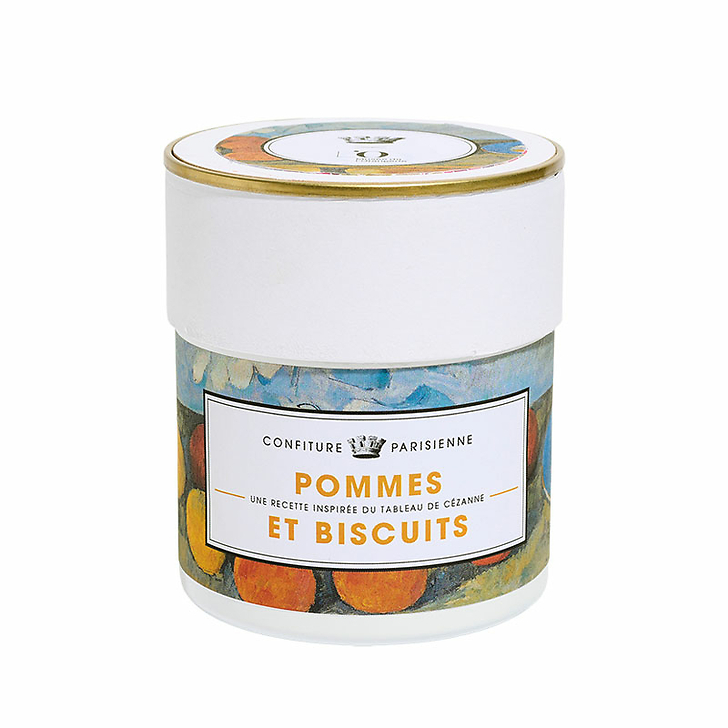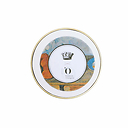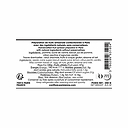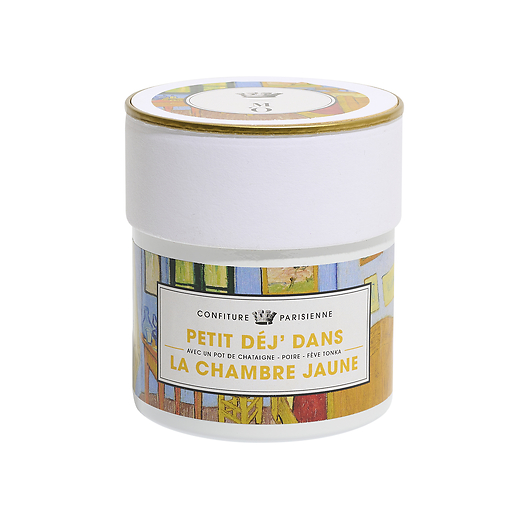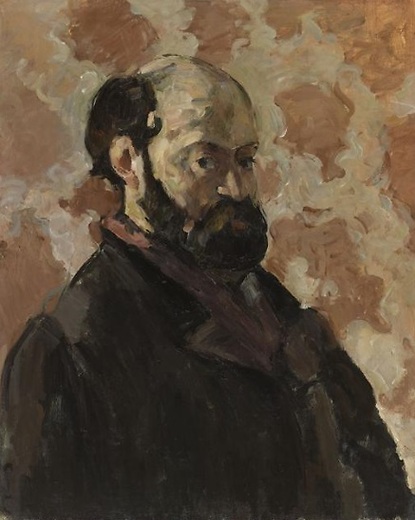Musée de l'Orangerie Jam Apples and biscuits 8.8 OZ - Paul Cézanne - Confiture parisienne
CA900100
Sold by Réunion des Musées Nationaux
Characteristics
- Maintenance
- Minimum durability date 3 years
- Artist
- Paul Cézanne (1839-1906)
- Museum
- Musée de l’Orangerie
- Art movements
- 19th century, Impressionism
- Reference
- CA900100
- EAN
- 3760299631954
- Matière de l'article
- Apple, cane sugar
- Model dimensions
- 33cm x 25cm x 9cm x 7.5cm
- Conservation museum
- Paris - Musée de l’Orangerie

